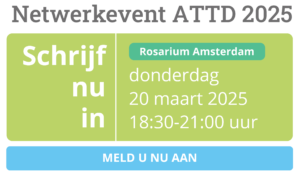OBJECTIVE
We investigated the association between alterations in regular physical activity (PA) and the risk of developing AF in patients with type 2 diabetes mellitus (T2DM) and the optimal PA range based on energy expenditure.RESEARCH DESIGN AND METHODS
In a nationwide database, subjects who underwent health examinations twice at a 2-year interval between 2009 and 2012 were studied. After 1,815,330 patients with T2DM who did not have a history of AF were identified, they were followed until 2018. Regular PA alterations over time were used to divide individuals into four groups: persistent nonexercisers (n = 1,181,837), new exercisers (n = 242,968), exercise dropouts (n = 225,124), and exercise maintainers (n = 165,401).RESULTS
During a mean follow-up period of 5.6 ± 1.3 years, 46,589 cases (2.6%) of new-onset AF occurred. Compared with the persistent nonexerciser group, both the exercise dropout group (adjusted hazard ratio [HR] 0.96, 95% CI 0.94–0.99) and new exerciser group (HR 0.95, 95% CI 0.93–0.98) had lower risks of incident AF. The exercise maintainer group showed the lowest risk (HR 0.91, 95% CI 0.89–0.94). When we stratified patients with T2DM according to energy expenditure, undergoing regular PA with ≥1,500 MET-min/week in new exercisers and ≥1,000 MET-min/week in exercise maintainers was associated with lower risks of incident AF than nonexercisers.CONCLUSIONS
In patients with T2DM, starting and maintaining regular PA were both associated with lower risk of incident AF. Optimal PA ranges based on energy expenditure, which were associated with lower risks of incident AF, can be defined.



